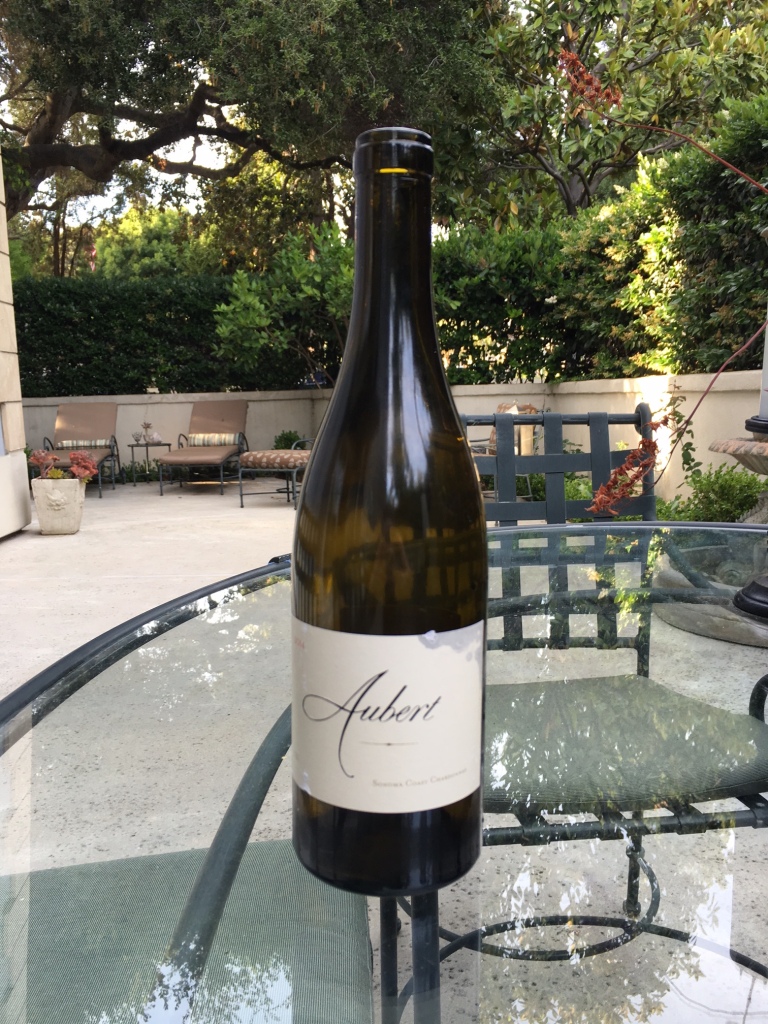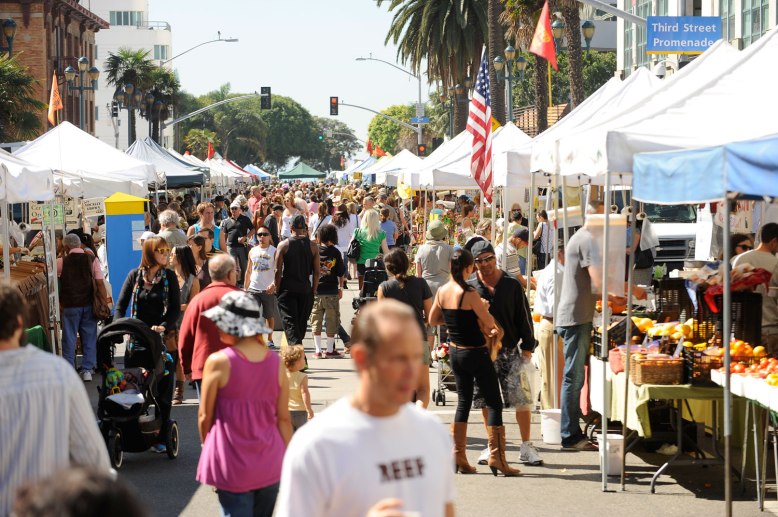
Aubert Sonoma Coast Chardonnay 2014 $160
I have been thinking a lot in the past week about wine and price. Many people ask me, “What’s the most you’ll spend on a bottle of wine?” or, “How much do I need to spend to get a good bottle of wine?” and I find these to be really challenging questions to answer. I do think that there is an exponential increase in wine quality from $0-5 to $5-10, and from $5-10 to $10-20. This is a broad generalization but just based on the costs involved with wine production, the abilities of the winemaker go up substantially from one of these price brackets to another.
What are these costs? Well, first there is the cost of the grapes and the region where they’re grown. Grapes from the Central Valley of California are far less than grapes from Napa Valley, and grapes from Napa Valley are far less than, say, Howell Mountain. With each of these increases in price comes a substantial increase in quality due to the climate, soils, planting density, etc. There is the cost of labor to harvest the grapes and produce the wine. At the cheaper end of the scale all mechanical harvesting is used, meaning that what ends up in the vat is far more than just viable grapes- everything from branches to bugs, rotten grapes to rodents. With a higher price point, wineries are able to hand-harvest the grapes and ensure that what ends up in the vat is only what they want to end up in the vat, and only the highest quality grapes. When it comes time to age a wine, the cheaper end uses wood chips or even oak powder in a tank, while higher end wines are using the highest quality new oak barrels and aging the wines for years, rather than days. All these elements and many more go into creating a wine and determine its final cost to the producer. It is the superfluous costs- heavier bottles, more branding- that generally go into a wine that doesn’t feel like it’s worth its cost, so watch out for those.
When it comes to premium priced wines, ie. wines over $50 or even $100, that curve becomes less exponential and more logarithmic (think back to those math classes, folks). There is certainly an increase in quality, but does it add up to the increase in price? That is up to the drinker to decide.
I’ll give an example. If you ask me what I would rate a $30-$40 California Chardonnay like Frank Family or Ramey, I’d generally give them a 92-93; I’m very happy with them, I thoroughly enjoy them, and I’d certainly drink more. But last week I was invited to share in a $160 bottle of Aubert Chardonnay, and this wine, this was a 100. There is no doubt the quality was significantly better. I’ll still be happy with those other guys, but that wine will stay in my memory for years to come. It was perfectly balanced, somewhat buttery but still fresh and with some fruit- what I’d call a perfect Chardonnay. It was clear the greatest of care had gone into that bottle, and that’s what my most gracious hostess had paid for.
-Let me just get it out of the way right now that I am not a standard subscriber to big, oaky California Chardonnays; I much prefer a balanced, lighter version that has some roundness but isn’t like eating a tree trunk… I’m getting pickier and pickier with age and education. So if you feel like most of the CA Chardonnays out there are too heavy and woody for you, and you’ve got $160 lying around, try the Aubert!-
So this experience begs the question… would I rather have six bottles that I rate 93 points, or one that I rate 100? For me, right now, wine is about experiences rather than bulk (well, I’m not sure my husband would agree with that statement, but it is with the best intentions that I say that). I’m willing to pay a little more to have an experience I haven’t had before. And if I know that I’ve got to make that bottle last, I can sip slower than you can imagine. So, at least occasionally, I’m going to spring for the more expensive bottle. But if you want bulk, go bulk, and know that you’re not getting too much less of an experience. (For the record, the same can generally be said about a $12 bottle versus a $35 bottle, and this is generally where I’m hanging out, price-point wise; this was just the example I had at hand. And no, I’m not going out and buying a bottle of $160 Chardonnay for a Tuesday. But a girl can dream.)
Next week, I’ll go more into where I look for guaranteed, solidly-priced wine. What would you do if faced with the choice above?


 This salad and a glass of rosé always transports me to the Mediterranean. If you’ve got extra crisp vegetables lying around such as asparagus, radish, or carrots, feel free to throw them in (try to make the pieces the same size as the tomatoes and cucumber). The more colorful the better. I think mint should be used way more in savory dishes- it adds a lovely brightness.
This salad and a glass of rosé always transports me to the Mediterranean. If you’ve got extra crisp vegetables lying around such as asparagus, radish, or carrots, feel free to throw them in (try to make the pieces the same size as the tomatoes and cucumber). The more colorful the better. I think mint should be used way more in savory dishes- it adds a lovely brightness.  Excuse me while I go on a quick Pacific Northwesterner rant: I encourage you to buy wild-caught salmon for this recipe (and always) because while those farmed Atlantic salmon in the seafood case may look shinier and plumper, they’ve been fed on corn, while the wild caught stuff ate what salmon are supposed to eat- algae, plankton, smaller fish, etc- and worked their muscles swimming through the icy cold waters of the northern Pacific. This contributes to their beautiful red color and buttery, rich flavor with half the fat and more calcium, zinc, and iron. They’re worth every extra penny!
Excuse me while I go on a quick Pacific Northwesterner rant: I encourage you to buy wild-caught salmon for this recipe (and always) because while those farmed Atlantic salmon in the seafood case may look shinier and plumper, they’ve been fed on corn, while the wild caught stuff ate what salmon are supposed to eat- algae, plankton, smaller fish, etc- and worked their muscles swimming through the icy cold waters of the northern Pacific. This contributes to their beautiful red color and buttery, rich flavor with half the fat and more calcium, zinc, and iron. They’re worth every extra penny!


